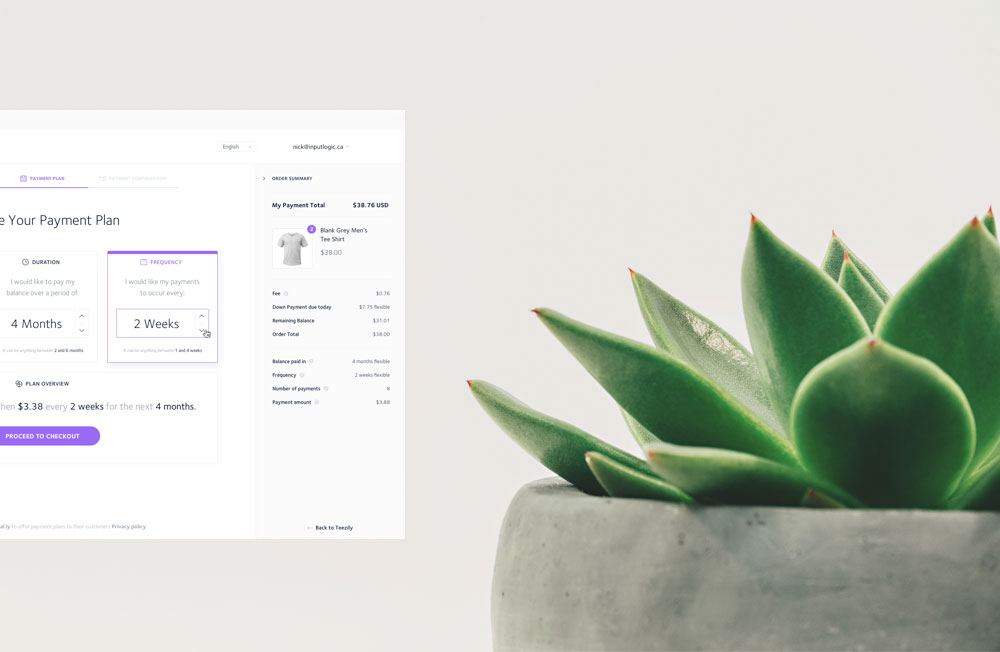The problem with being an accidental entrepreneur
Many people that move into ecommerce, especially those that run boutique type webstores that have grown out of a special interest or a specific area of expertise have done so by accident. Sometimes, this means they are not entrepreneurs (or at least don’t think of themselves like that) or even career business people.
As a result, when they find themselves running their own business, it can be a bit of a steep learning curve. The busy nature of ecommerce can mean that learning is achieved on the job and it can be something of a baptism of fire – you don’t learn until you make a mistake or it becomes desperate that you need to find something out before you can complete a specific task.
KPIs and setting targets
One area where gaps in business knowledge can exist can be around KPIs. KPIs, or Key Performance Indicators, are standardized data points that can be used to measure performance over time. So, in the way the annual Profit & Loss account tells you how profitable your business is year-on-year, KPIs let you measure the performance of almost any aspect of a business across any interval of time you choose. Typical points of focus are marketing spend, sales conversion and customer lifetime value, LTV.
Instead of just using KPIs to measure today’s performance against previous, a really good use of KPIs is to use them to drive growth by setting targets for future performance. Anyone with experience of a sales environment will be used to the idea of hitting targets. But setting targets for KPIs across the wider business can be used to make growing the numbers a habit for all of those in your business.
Typical examples of targets and supporting KPIs
Sales target: Grow sales 10% in the next 12 months
Supporting KPIs: Weekly sales; website visitors; conversion rate
Marketing target: Improve customer engagement
Supporting KPIs: Email clicks; Facebook likes; Pinterest pins
Setting targets like these helps to keep your people focused and motivated, whether they are sales or marketing related roles or not. Linking the achievement of targets with bonus schemes can also be a good way to keep people focused.
Use targets and KPIs to help grow sales with Partial.ly
Use targets and KPIs in conjunction with Partial.ly to maximize the growth potential of your business.
Ecommerce stores using Partial.ly can increase sales turnover by 100%. Alongside targets based on measurable KPIs, installing Partial.ly payment plan software means you have a really compelling tool in place to stimulate customers to purchase as well as having the means to motivate your team.
Partial.ly automates Direct Debit payments from the customer’s bank accounts and straight into yours. It’s flexible and if you decide it’s right for your webstore you can provide functionality that adds value. Partial.ly improves customer experience by letting shoppers customize plans and reserve and pay for limited edition products in advance of launch or release dates.
To help your ecommerce store to flourish and be more profitable, make sure you don’t miss our useful tips and advice by subscribing to our blog.
Click here to sign up and let Partial.ly help you increase your ecommerce turnover.




